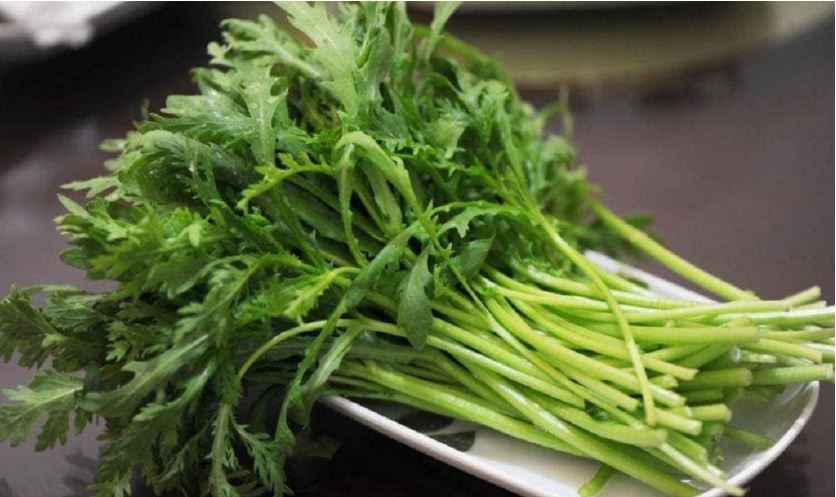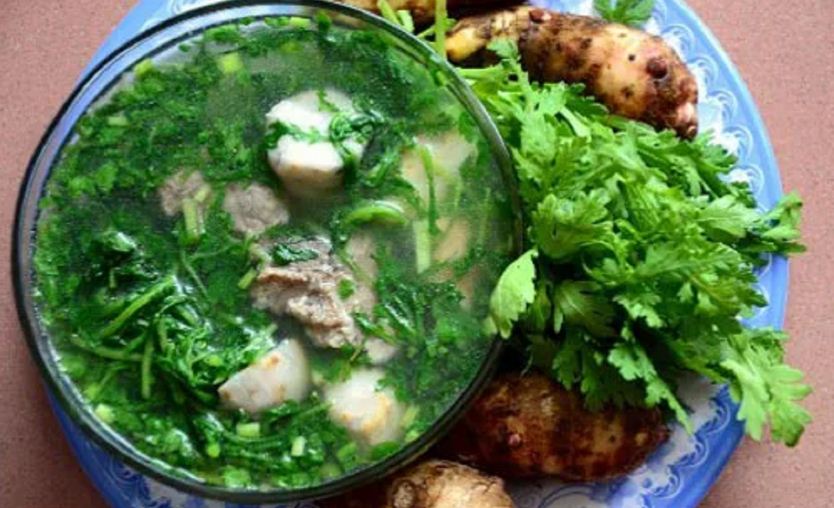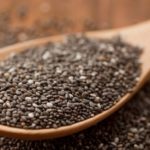Chrysanthemum greens: A vegetable with medicinal properties that not many know about
This vegetable is also known as edible chrysanthemum or tang o. Easy to grow and prepare, it is packed with nutrients and offers various health benefits for common ailments.
According to traditional Vietnamese medicine practitioner, Mr. Bui Dac Sang, as quoted in VTC News, chrysanthemum greens are more than just a regular vegetable. They can be consumed fresh or dried and offer nutritional benefits due to their rich content of vitamins, calcium, phosphorus, iron, amino acids, and protein.
In traditional Vietnamese medicine, chrysanthemum greens have a pungent and sweet taste. The essential oils and fiber content help eliminate excess gas in the stomach, stimulate digestion, improve appetite, and promote bowel movement. The cooling and refreshing nature of the vegetable is beneficial for the nervous system and brain, making it suitable for those with coronary heart disease, high blood pressure, and postpartum women.

Regular consumption of chrysanthemum greens is beneficial for health.
– Cold and Cough Remedy: Chrysanthemum greens can help treat colds and coughs, especially in children. For chronic coughs, prepare a soup with chrysanthemum greens and consume it daily. To treat a cold, take 150 grams of fresh greens, rinse and place them in a bowl. Pour boiling porridge over the greens, wait for 5-10 minutes, and then mix and consume the greens. It is recommended to eat this mixture 2-3 times a day for quick and effective relief from cold symptoms.
– Headache Relief: For chronic headaches and hematemesis, prepare a decoction by boiling dried chrysanthemum greens and consume 16 grams of it daily.
– Chronic Headache Treatment: To alleviate chronic headaches, cook a soup using older chrysanthemum greens, preferably with flowers, including the roots. Consume about 30 grams of this soup daily. Additionally, warm and apply crushed fresh chrysanthemum leaves to your forehead and temples before bedtime or whenever you experience a headache. Alternatively, blend 10-15 grams of fresh leaves, boil the mixture, and drink it hot. Continue this remedy for several days or until symptoms subside.
– Lowering High Blood Pressure: Chrysanthemum greens can be a helpful addition to your diet if you have high blood pressure, alongside following your doctor’s advice on reducing salt intake, limiting animal fats, and avoiding stimulants. To quickly lower blood pressure, cook a soup with the greens or extract the juice and consume about 50 ml twice a day.
– Improves Digestion: Chrysanthemum greens contain volatile substances that give them a unique flavor and increase saliva secretion. The fiber content promotes intestinal peristalsis, detoxifies the intestines, and prevents constipation.
– Prevents Anemia: Rich in iron and calcium, chrysanthemum greens are especially beneficial for the elderly to prevent anemia and osteoporosis. They also promote protein metabolism and provide essential vitamins for blood formation, such as folic acid and trace elements. Therefore, including chrysanthemum greens in the daily diet of children during their growth stage can help prevent anemia by providing the necessary blood-forming agents.
– Promotes Heart Health: Research suggests that chrysanthemum greens contain four medicinal components beneficial for those undergoing treatment for heart disease, contributing to overall heart health. The distinctive fragrance of the greens is also believed to have a heart-nourishing effect.
– Relieves Persistent Cough: Take 100-150 grams of chrysanthemum greens and 200 grams of pork lungs, cut into pieces, and cook them together as a soup. Consume both the greens and the soup with your meal for 3-4 days as a complete treatment course.
– Cold Remedy: Take 150 grams of fresh chrysanthemum greens, rinse and place them in a large bowl. Pour boiling porridge over the greens and wait for 5-10 minutes. Mix and consume the greens, repeating this process 2-3 times a day. This simple remedy provides quick relief from cold symptoms.

Chrysanthemum greens can be prepared in various delicious dishes.
– According to Tien Phong, children under one year old should not consume chrysanthemum greens.
– Those with diarrhea, a cold, or a sensitive stomach should avoid consuming chrysanthemum greens.
– Individuals with low blood pressure should refrain from consuming chrysanthemum greens as it may cause a further drop in blood pressure.
– When preparing chrysanthemum greens, rinse them thoroughly but avoid crushing or bruising the leaves to prevent the loss of water-soluble vitamins.
– While chrysanthemum greens offer various health benefits, excessive consumption is not recommended. It is advisable to consume around 100-150 grams per serving, limited to 3-4 times a week.





































